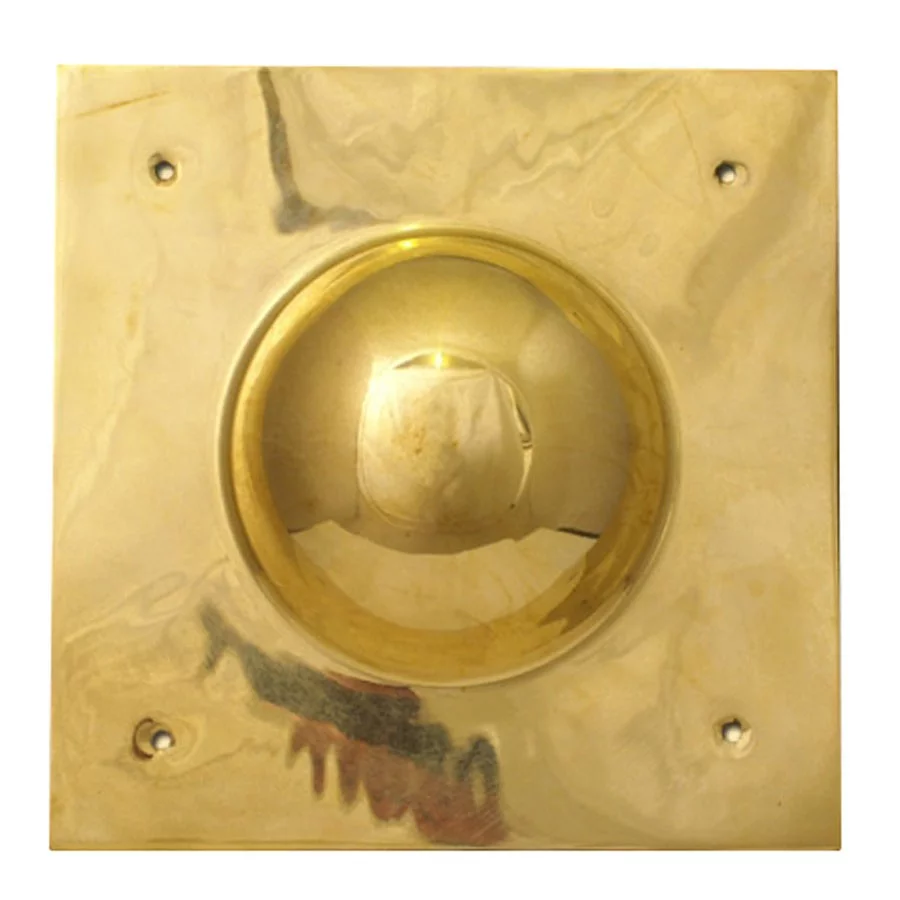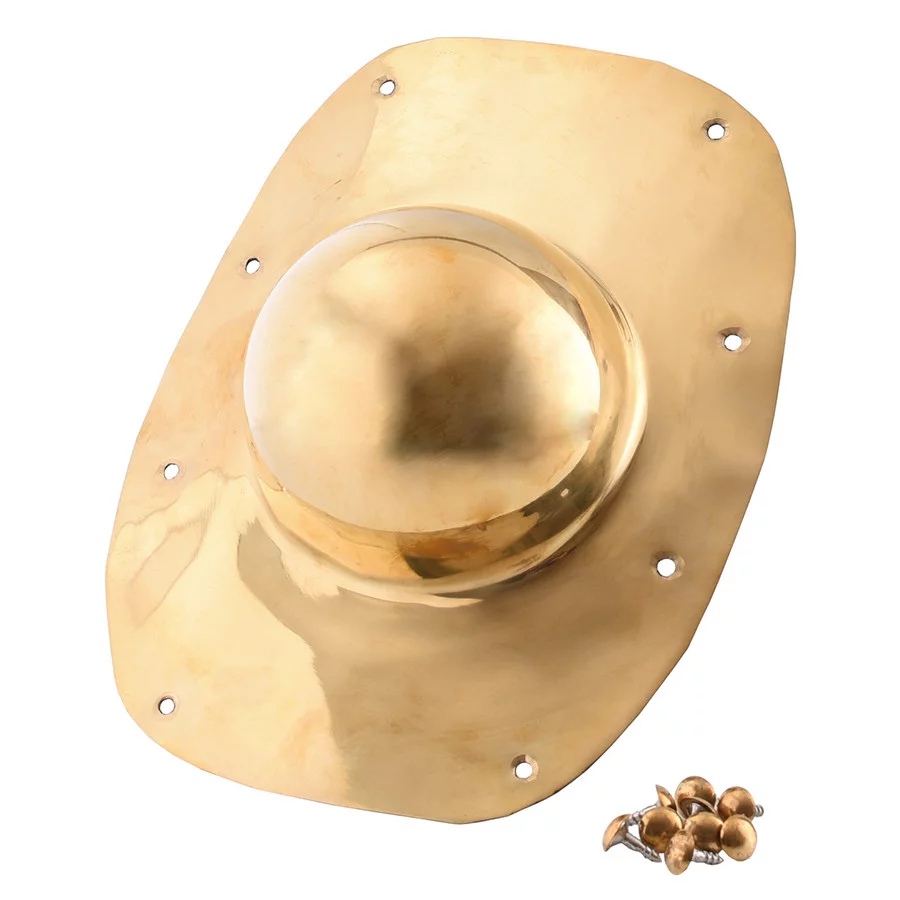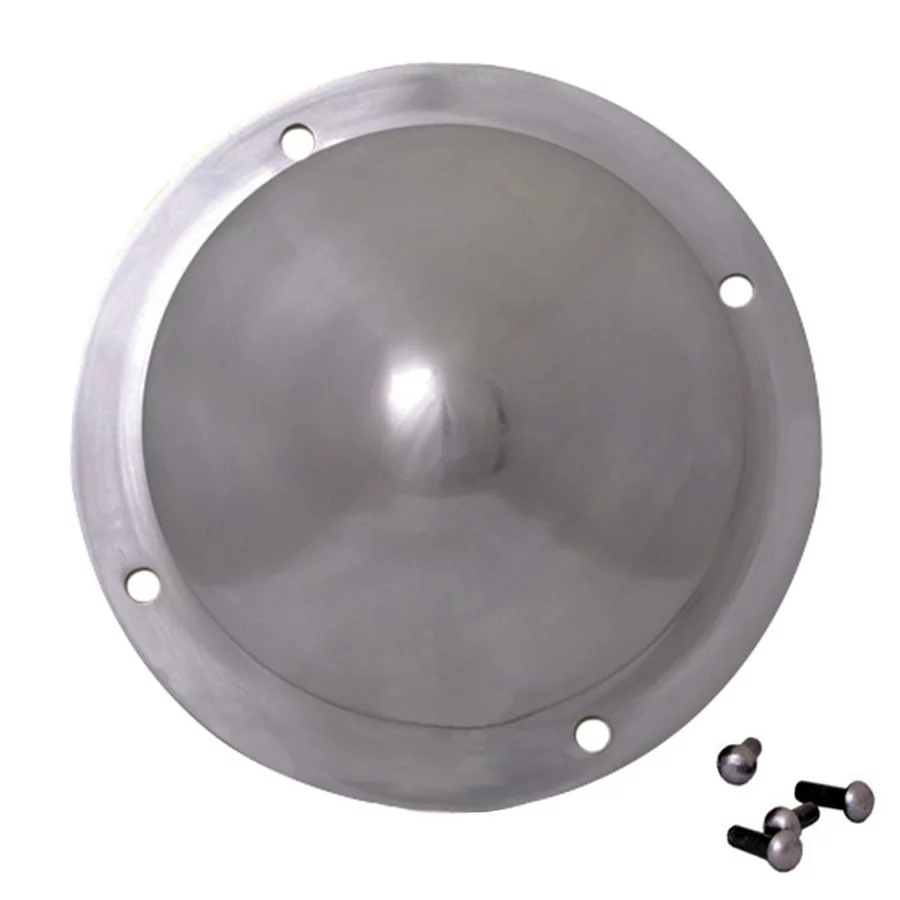What is the Umbo?
The term "umbo" can cause confusion, as it encompasses different meanings across various disciplines like anatomy, biology, and history. Below, we break down the most relevant definitions to understand its importance in each context.
Etymological Origin
The word "umbo" derives from the Latin umbōn-, which translates to "protuberance" or "boss of a shield". This term has links to the Proto-Indo-European root *h₃émbʰō, which alludes to the idea of a prominent or bulging point, much like the navel.
Uses in Anatomy
Within anatomy, the umbo refers to two key structures:
- Tympanic Membrane: Here, the umbo represents the central concave area that is in contact with the malleus (hammer) bone.
- Eye: In this organ, the umbo is a small depression located at the center of the foveola, a region essential for sharp vision.
References in Biology
In biology, the term umbo is relevant for various species:
- Bivalves: In these organisms, the umbo is the elevated part of the shell, where the beak forms, representing the initial growth of the animal.

- Conifers: In this type of plant, the umbo appears as a protuberance on the scales of the cones, marking last year’s growth.
- Fungi: In mycology, it refers to a raised area or bump on the top of certain fungi.
Historical and Military Significance
In historical and military terms, the umbo is considered a fundamental part of shields:
- Shields: In these defensive artifacts, the umbo is the central convex piece that serves to protect the warrior, besides having an intimidating visual impact on adversaries.

Cultural and Technological Relevance
The umbo is more than just a simple structure; its existence highlights the evolution of civilizations through its design and functionality. From defensive tools to anatomical elements, each use of the umbo illustrates both practical and artistic aspects in human history.

Thus, the umbo as a concept manifests in a variety of fields, providing a unique connection between science, art, and history.




























